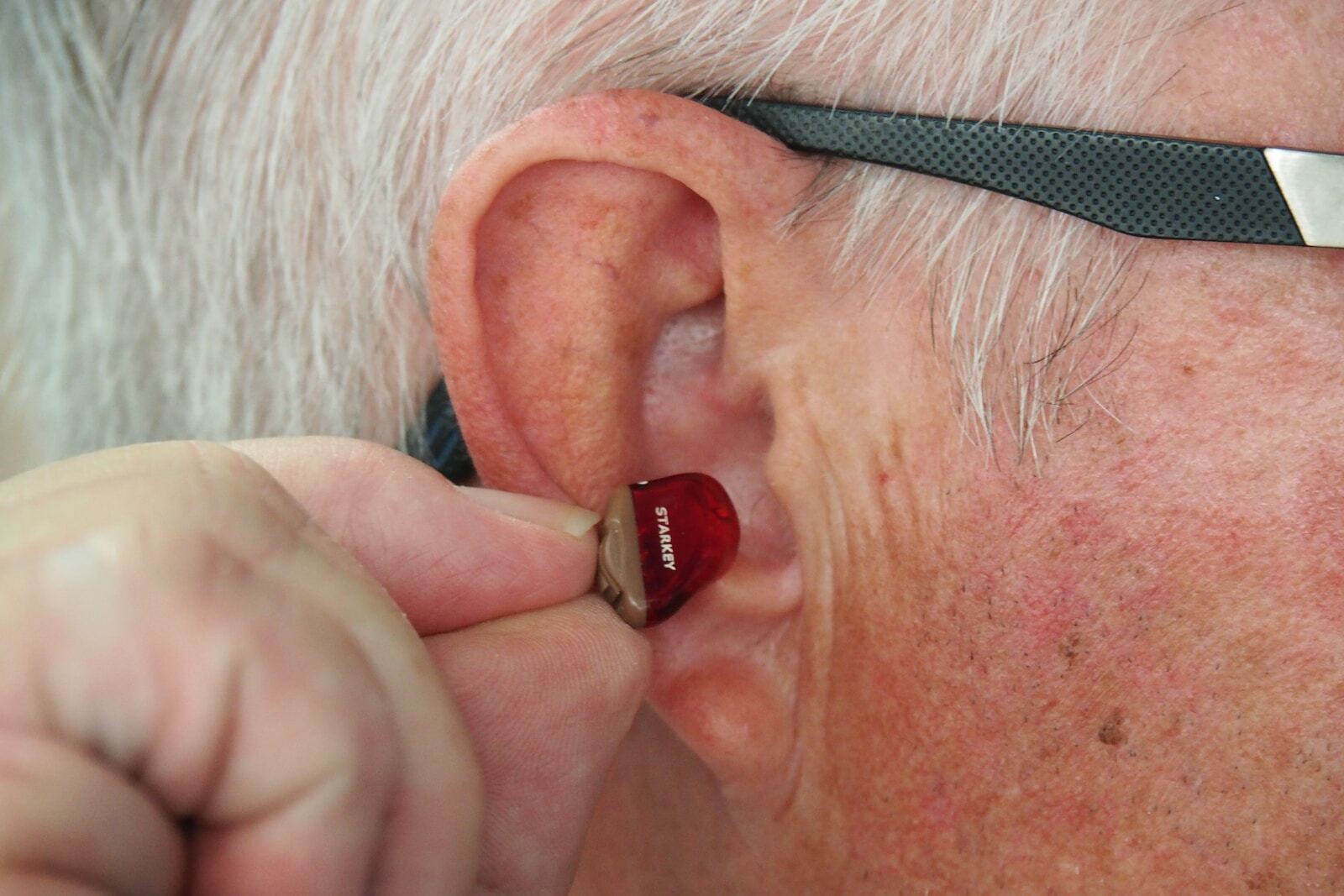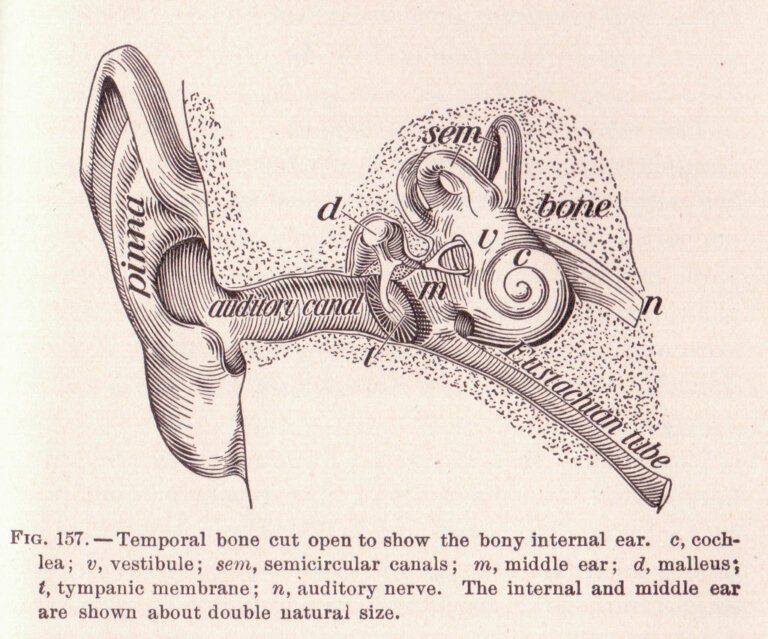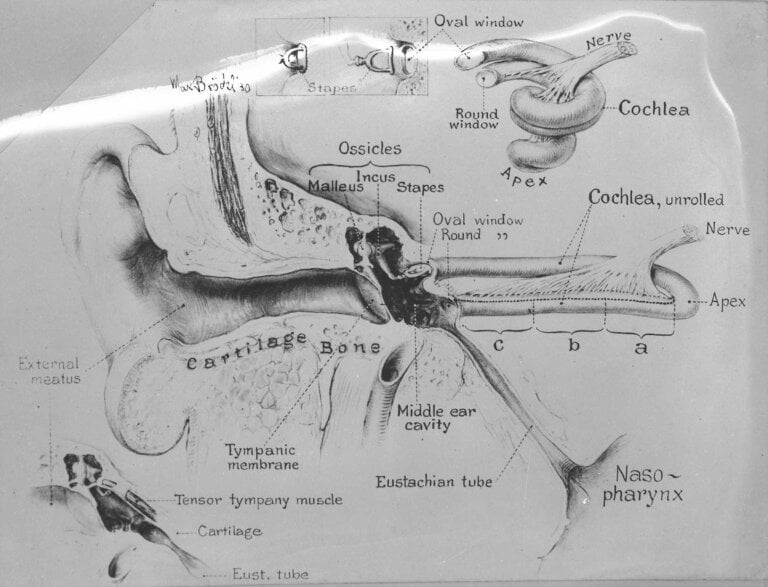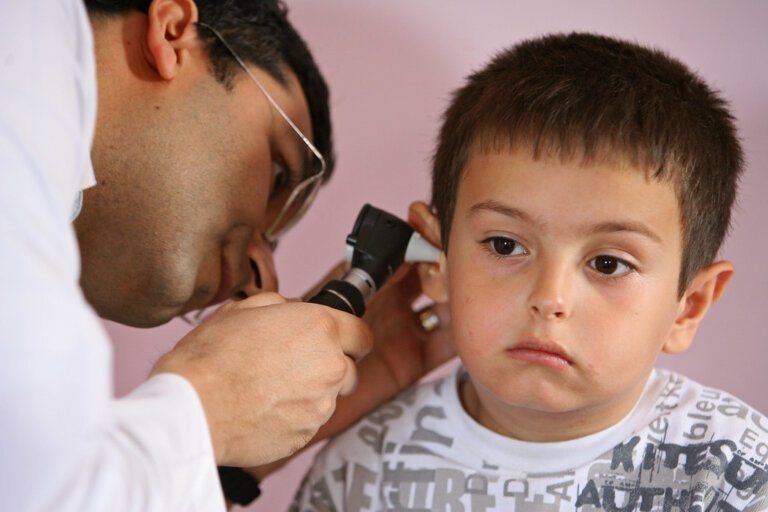Evaluating Excellence: Efficacy Studies on Manual Instrument Ear Wax Removal
Ear wax, scientifically known as cerumen, is a substance produced by the ear canal to protect and clean the delicate structures of the ear. While ear wax is a natural and necessary component of our auditory system, an excessive build-up can lead to discomfort, hearing loss, and even infections. To address this issue, various methods of ear wax removal have been developed, including manual instrument ear wax removal. In this article, we will delve into the efficacy studies conducted on this technique, exploring its benefits, risks, and effectiveness.
Understanding Manual Instrument Ear Wax Removal
Manual instrument ear wax removal, also known as mechanical removal, involves the use of specialized tools to physically dislodge and remove ear wax. This procedure is typically performed by trained healthcare professionals, such as audiologists, otolaryngologists, or specialized ear nurses. The process involves the gentle insertion of instruments, such as curettes or suction devices, into the ear canal to scrape or suction out the excess wax.
Manual instrument ear wax removal offers several advantages over other methods. It allows for direct and precise removal of ear wax, ensuring that blockages are effectively cleared. Unlike ear drops, which may take several days to soften the wax, manual removal provides immediate results. Additionally, compared to water irrigation, manual instrument removal enables better control and minimizes the risk of complications.
Some of the instruments commonly used in manual instrument ear wax removal include curettes and suction devices. Curettes are small, spoon-shaped tools designed to scrape out the ear wax, while suction devices use gentle suction to remove the wax. These instruments are specifically designed to be safe and effective in removing ear wax without causing harm to the ear canal or eardrum.
Efficacy Studies on Manual Instrument Ear Wax Removal
Numerous efficacy studies have been undertaken to evaluate the effectiveness and safety of manual instrument ear wax removal. These studies aim to provide evidence-based guidelines for healthcare professionals and ensure the best possible outcomes for patients. Let’s explore some of the key findings from these studies:
1. Effectiveness
Efficacy studies consistently demonstrate that manual instrument ear wax removal is highly effective in clearing ear wax blockages. According to a review published in the American Family Physician, this method has a success rate of approximately 90%, making it one of the most reliable techniques available. The study also emphasized the importance of proper training and expertise, as a skilled professional can achieve better results with minimal discomfort to the patient.
In addition to its high success rate, manual instrument ear wax removal offers immediate relief to individuals experiencing ear wax blockages. This allows patients to quickly regain their hearing and alleviate any discomfort caused by the excessive wax. The precise nature of manual removal ensures that blockages are effectively cleared, promoting optimal auditory health.
2. Safety
When performed by trained professionals, manual instrument ear wax removal is considered safe and well-tolerated by most individuals. However, like any medical procedure, it carries a small risk of complications, such as infection, trauma, or damage to the ear canal or eardrum. Nevertheless, these adverse events are extremely rare and occur in less than 1% of cases, according to a study published in the Journal of Laryngology and Otology.
To minimize the risk of complications, it is crucial to seek ear wax removal from qualified healthcare professionals who have received proper training and have experience in performing the procedure. These professionals are knowledgeable about the anatomy of the ear and understand how to safely navigate the ear canal to remove the wax without causing harm.
3. Patient Satisfaction
Patient satisfaction is an essential aspect of evaluating any healthcare procedure. Several studies have assessed patient experiences and satisfaction levels following manual instrument ear wax removal. The results consistently indicate high levels of satisfaction, with patients reporting improved hearing, relief from discomfort, and overall satisfaction with the procedure. Additionally, the removal of excess ear wax can also alleviate symptoms associated with conditions like tinnitus or ear infections.
The positive patient experiences with manual instrument ear wax removal can be attributed to the effectiveness and immediate results of the procedure. Patients appreciate the quick relief and improved hearing that they experience after the removal of the excess wax. Moreover, the procedure is relatively comfortable and well-tolerated, further contributing to patient satisfaction.
4. Comparisons with Alternative Methods
Manual instrument ear wax removal has been compared with alternative methods, such as ear drops, water irrigation, or microsuction. While each technique has its advantages and disadvantages, studies suggest that manual instrument removal offers certain unique benefits. Unlike ear drops, which can take several days to soften the wax, manual removal provides immediate results. Moreover, compared to water irrigation, manual instrument removal allows for better precision and control, minimizing the risk of complications.
It is important to note that the choice of ear wax removal method may vary depending on individual circumstances and preferences. A qualified healthcare professional can assess the specific needs of each patient and recommend the most suitable method for ear wax removal.
Conclusion
In conclusion, manual instrument ear wax removal is a highly effective and safe method for clearing excess ear wax. Efficacy studies consistently support its use as a reliable technique, with a high success rate and minimal adverse effects when performed by trained professionals. Patients’ satisfaction levels are generally high, with significant improvements in hearing and relief from discomfort. While alternative methods exist, manual instrument removal offers unique advantages in terms of immediate results, precision, and control.
If you are experiencing symptoms related to excessive ear wax or require ear wax removal, it is crucial to consult a qualified healthcare professional. They can assess your individual situation and determine the most appropriate method for ear wax removal, ensuring your auditory health and overall well-being.
FAQ
1. Is manual instrument ear wax removal effective?
Yes, efficacy studies consistently demonstrate that manual instrument ear wax removal is highly effective in clearing ear wax blockages. It has a success rate of approximately 90%, making it one of the most reliable techniques available.
2. Is manual instrument ear wax removal safe?
When performed by trained professionals, manual instrument ear wax removal is considered safe and well-tolerated by most individuals. However, there is a small risk of complications such as infection or damage to the ear canal or eardrum, although these are extremely rare.
3. Are patients satisfied with manual instrument ear wax removal?
Yes, several studies have assessed patient experiences and satisfaction levels following manual instrument ear wax removal. The results consistently indicate high levels of satisfaction, with patients reporting improved hearing, relief from discomfort, and overall satisfaction with the procedure.
4. How does manual instrument ear wax removal compare to other methods?
Manual instrument ear wax removal offers certain unique benefits compared to alternative methods. It provides immediate results, unlike ear drops which may take several days to soften the wax. It also allows for better precision and control compared to water irrigation, minimizing the risk of complications. The choice of method may vary depending on individual circumstances and preferences, and a qualified healthcare professional can recommend the most suitable method.







